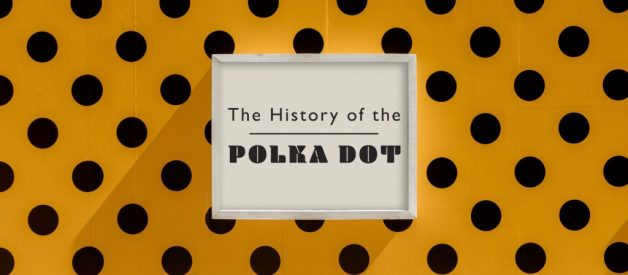One of the world?s favorite patterns has a storied past
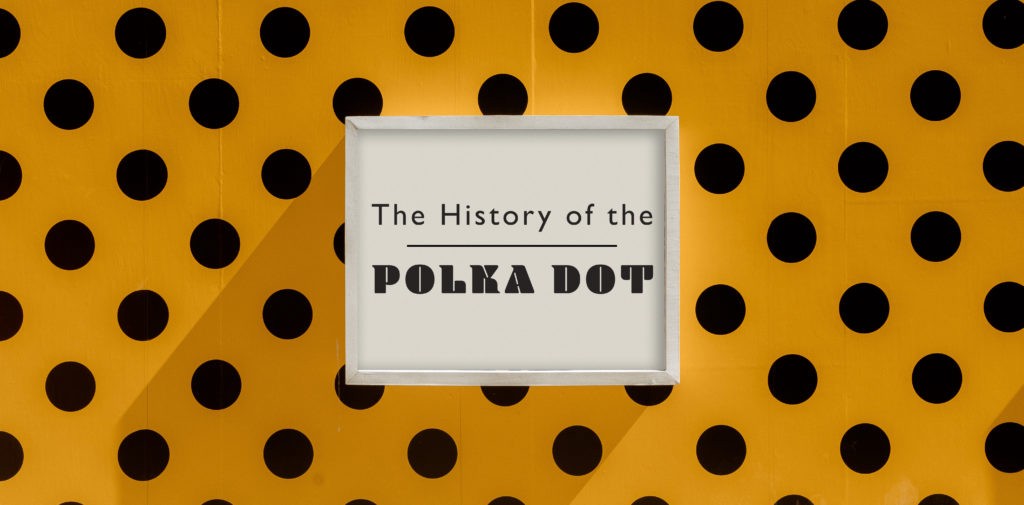
The term ?polka dot? derives loosely from the Bohemian folk dance of the same name (?Polka?, in the Czech language, means ?Polish woman? or ?little woman? ? tradition has it the dance was named when some Bohemian travellers came upon a young Polish girl performing the dance). In the mid-1800?s, Eastern European immigrants to the United States embraced the polka craze, even forming polka clubs with identifying uniforms for the dancers. Some historians believe these uniforms, often featuring fitted jackets with a dotted pattern, may have inspired the term. However, the Oxford English Dictionary notes that the dance?s popularity caused the name to be affixed to all sorts of products, such as ? polka-gauze, polka-hat, polka-dot, even polka ham! Nevertheless, only the dance and the fabric pattern have retained the name.
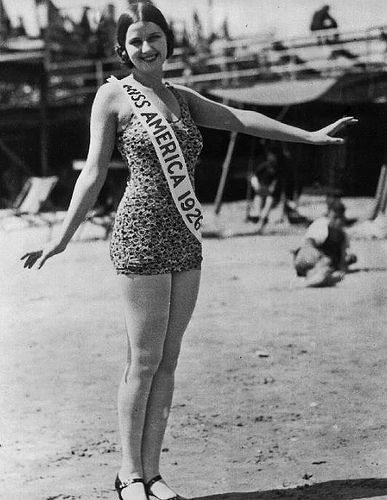 (Ms. America, Norma Smallwood, 1926)
(Ms. America, Norma Smallwood, 1926)
America?s love affair with the polka dot began, perhaps, in 1926, when Miss America was photographed in a polka dot swimsuit. Shortly after, in 1928, Disney introduced its cartoon darling Minnie Mouse wearing a red polka dot dress and matching bow. Throughout the 1930 , polka dot dresses appeared in stores, the fabric suddenly subversive, nipped in by ribbons and accentuated with bows. In 1940, the woozy melody of Frank Sinatra?s ballad ?Polka Dots and Moonbeams? captured the height of America?s polka dot mania ? that spring.
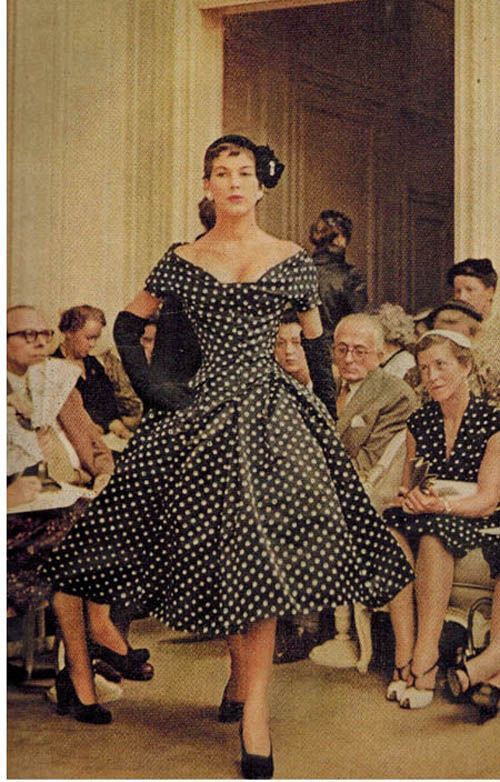 (Polka dots dress by Christian Dior, 1954)
(Polka dots dress by Christian Dior, 1954)
Through the decades, the polka dot has endured. In the 1930?s and 40?s it was everywhere ? on swimsuits, yes, but it was also a popular motif for kitchenware and other household items. It wasn?t until the 1950?s, though, that polka dot dresses really hit their highest point of popularity. In the late 1940?s through the 1950?s, Christian Dior?s sophisticated ?New Look? dominated fashion. In 1954, Dior?s couture collection featured an elegant, structured black dress with white dots, and a star was born. Dior told Vogue that his collection sought ?to make women extravagantly, romantically, eyelash-battingly female? again.
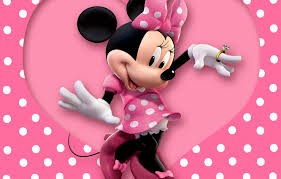 Mini Mouse
Mini Mouse
The polka dot remained a staple of ladylike dresses through the 1950?s, went mod in the 60?s when Twiggy wore drop-waisted scooter dress, then again appeared in psychedelic and bohemian fashion of the 70?s. It was standard-issue office wear in the 1980?s, and embodied the rockabilly retro trend of the 1990’s.
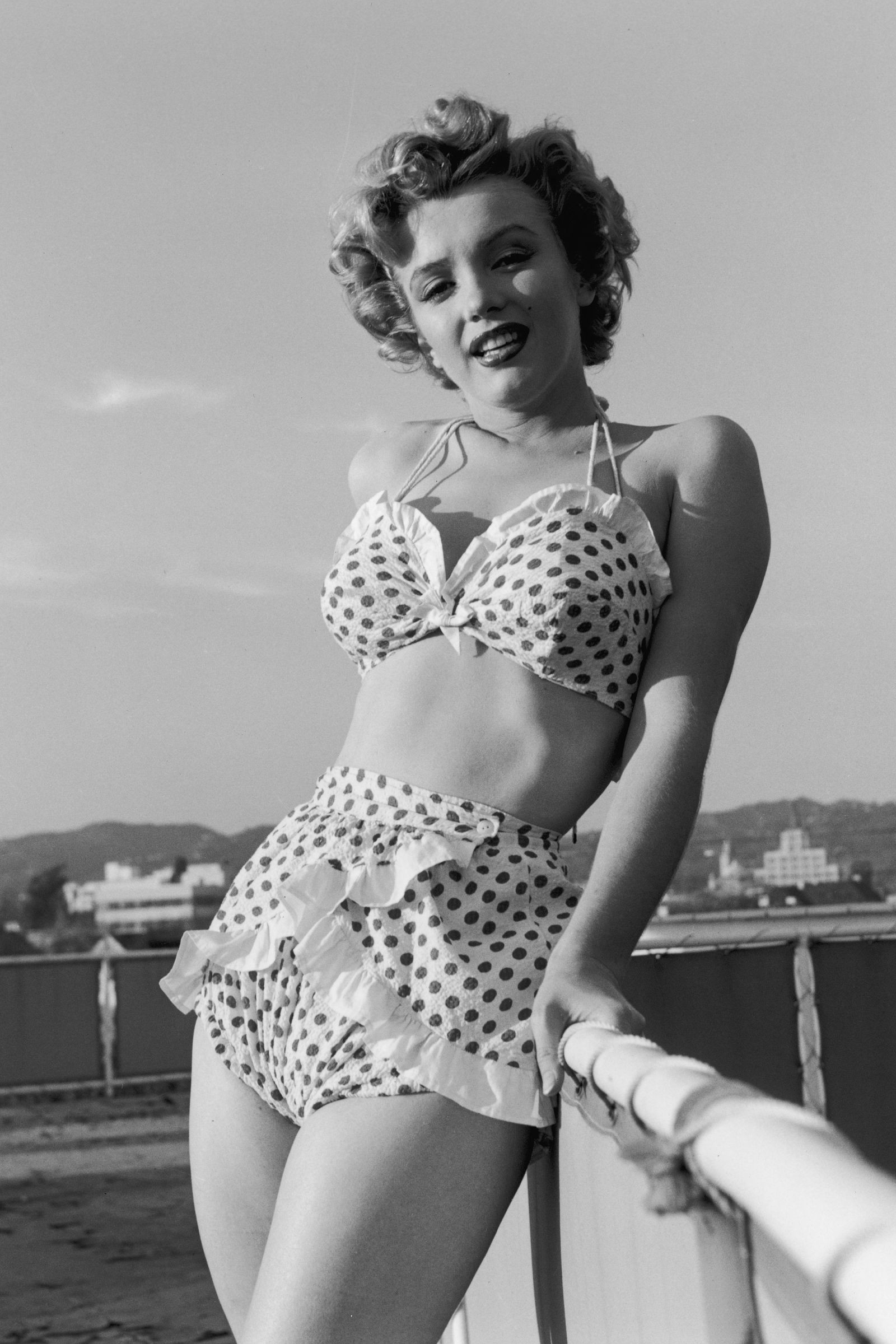 (Marilyn Monroe, 1951)
(Marilyn Monroe, 1951)
Hollywood followed feminine suit, and the newly-ladylike print fast became popular with actresses: Elizabeth Taylor, Lucille Ball, and Marilyn Monroe were some of the polka dot?s chief exponents.
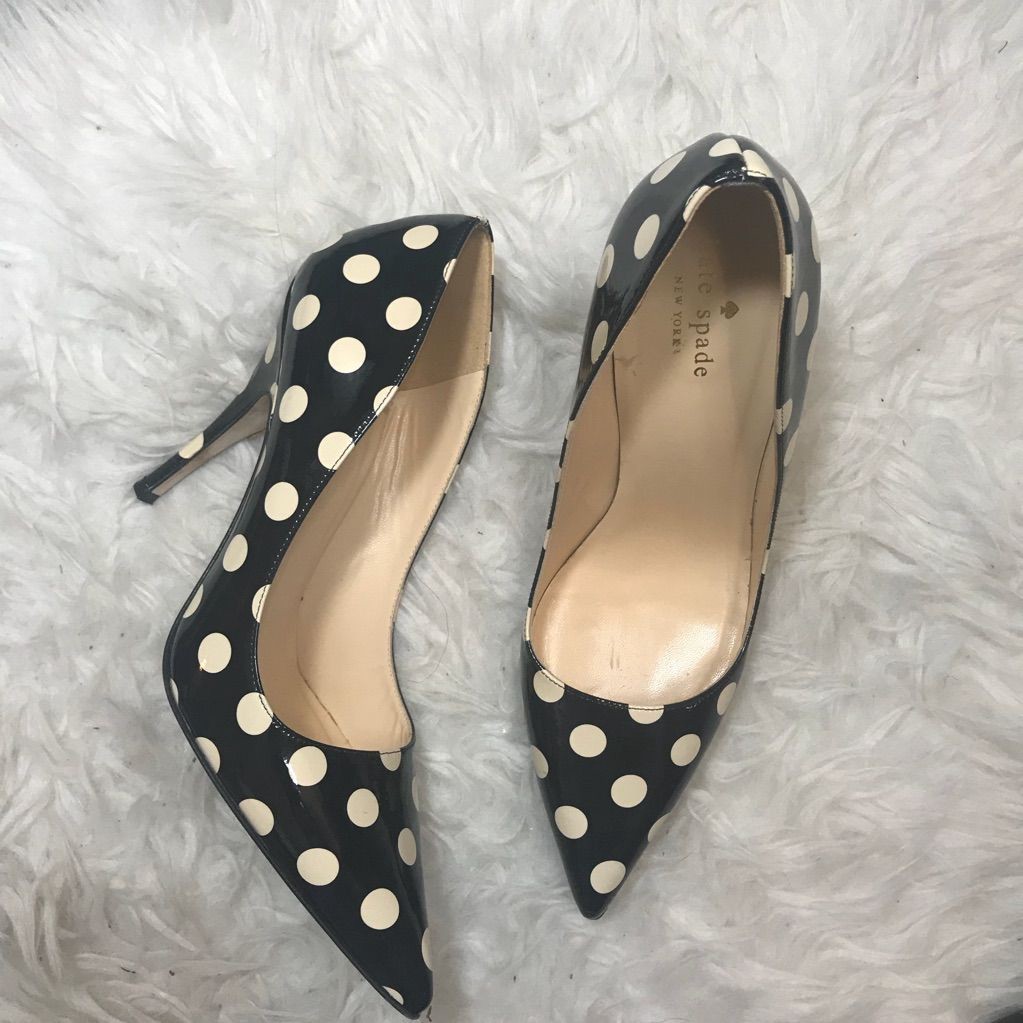 (Polka dots stilettos by Kate Spade)
(Polka dots stilettos by Kate Spade)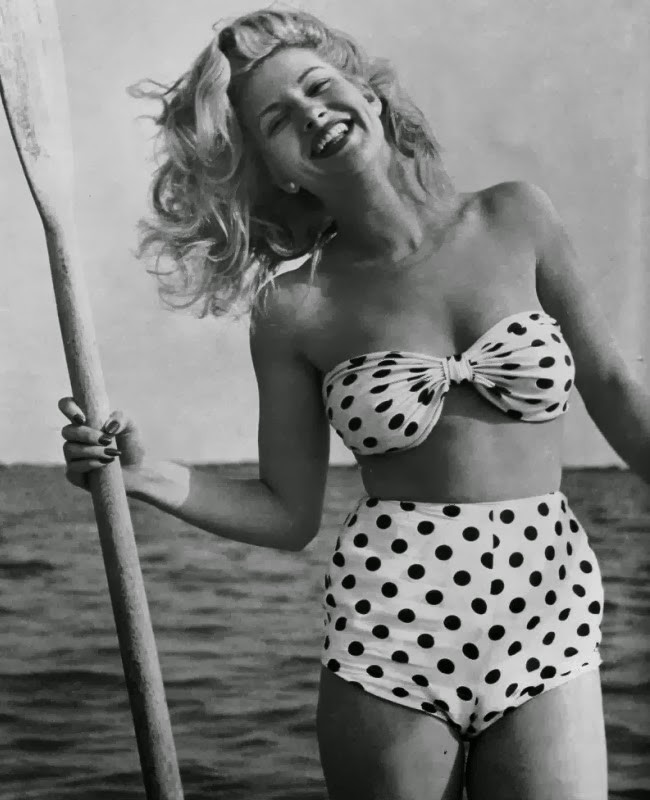 (Chilli Williams, 1944)
(Chilli Williams, 1944)
In 1951, Monroe was famously photographed wearing a polka dot bikini. Nine years later, the release of Brian Hyland?s hit song, ?Itsy Bitsy Teenie Weenie Yellow Polka Dot Bikini,? brought polka dots back into vogue. Throughout the ?60s, the artist?and walking medley of polka dots?Yayoi Kusama became known for the busy dotted swarms that covered her paintings. ?Our earth is only one polka dot among millions of others,? she once said. Kusama also believed?before she checked herself into a mental hospital in 2006?that when painted with polka dots, the body became ?part of the unity of the universe.? Now released, the artist still sports the print.
Mid-19th century Europe came up with the word ?polkamania? to describe its own excitement. As the polka craze swept west across the continent, enthusiasts claimed the polka jacket, then the polka hat (neither of them spotted), and finally, the polka dot. There is only a tenuous connection between dot and dance, yet surely the two are linked ? it?s possible that polka dots reflect the same regulated, short bursts of energy that inflect the polka itself. Regardless, we know that the American women?s magazine Godey?s Lady?s Book was the first to print the term, in an 1857 description of a ?scarf of muslin, for light summer wear, surrounded by a scalloped edge, embroidered in rows of round polka dots.?
In 1962, Marvel Comics unleashed its polka dot-clad superhero ? Polka-Dot Man, who used the power of polka dots to defeat baddies. In 1965, Bob Dylan appeared on the cover of the EP for ?Just Like Tom Thumb?s Blues? in a striking green polka dot shirt. Much later, in an episode of Mad Men (in which nearly all the female characters have worn polka dots), Roger Sterling donned a spotted maroon silk scarf. In recent years, the print has become increasingly popular with men, with celebrities like Joseph Gordon-Levitt, Lionel Messi, and Mickey Avalon embracing the trend, as well as the (female) designer Rei Kawakubo of the fashion house Comme des Garons, who has applied polka dots to brogues, shirts, tees and wallets among other men?s fashion items.
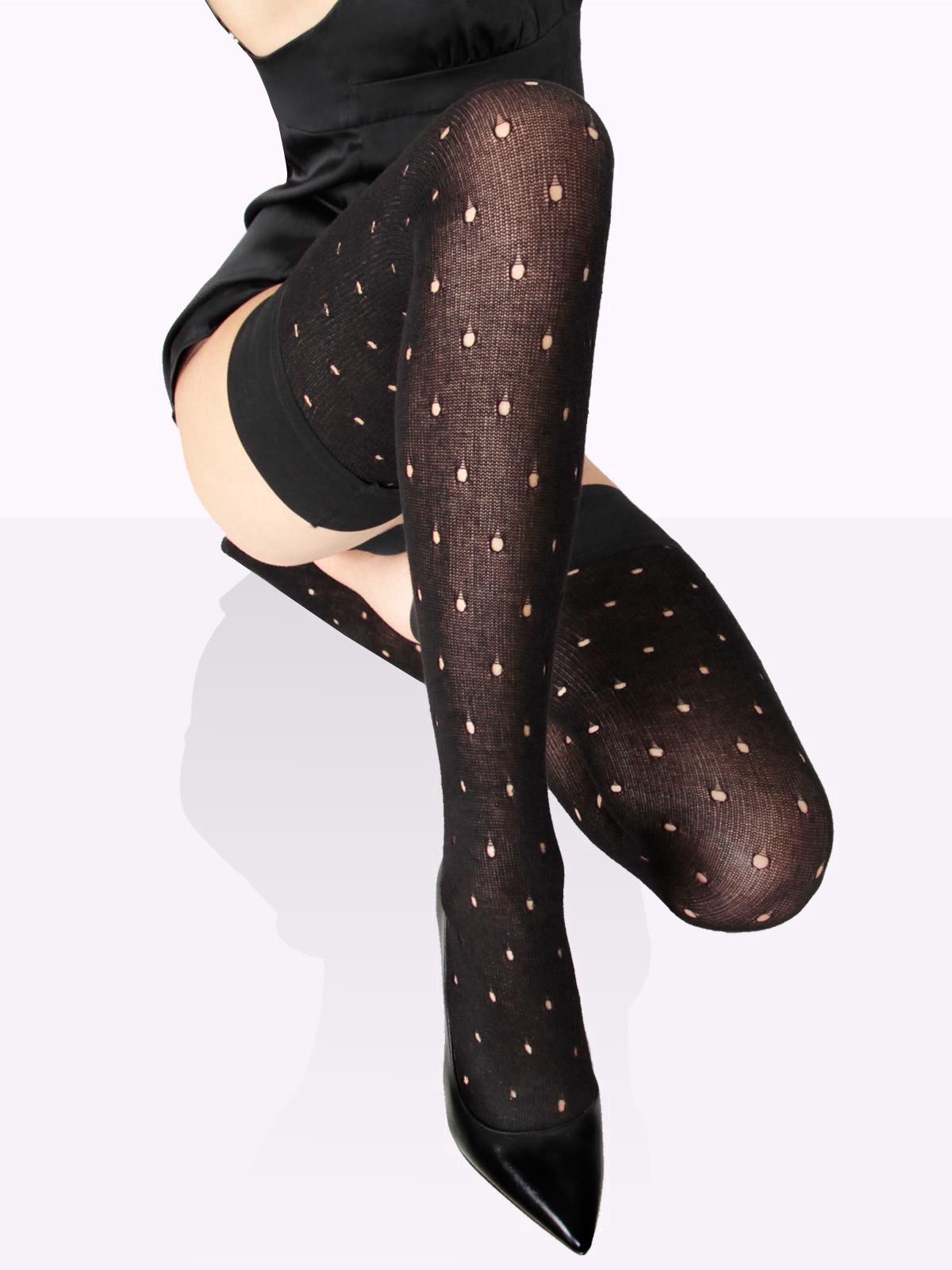 (MIMI Polka Dots Thigh Highs by Vienne Milano, 2018)
(MIMI Polka Dots Thigh Highs by Vienne Milano, 2018)
Other renowned male advocates of the polka dot include Marc Jacobs, with his ?Dotty? collection and Dot perfume (jasmine, orange blossom and honeysuckle), And you can?t talk about dots in art without talking about Georges Seurat and Paul Signac. The Pointillists saw the world in dots and composed entire masterpieces out of them, applying miniature freckles of paint to fill an image. But pointillism was viewed as non-serious; the technique, despite its required precision and dexterity, was dismissed as immature. Nevertheless, some great painters have been Pointillists; Maximilien Luce, Camille Pisarro, Van Gogh, Roy Lichtenstein and Chuck Close have all dabbled in the medium.
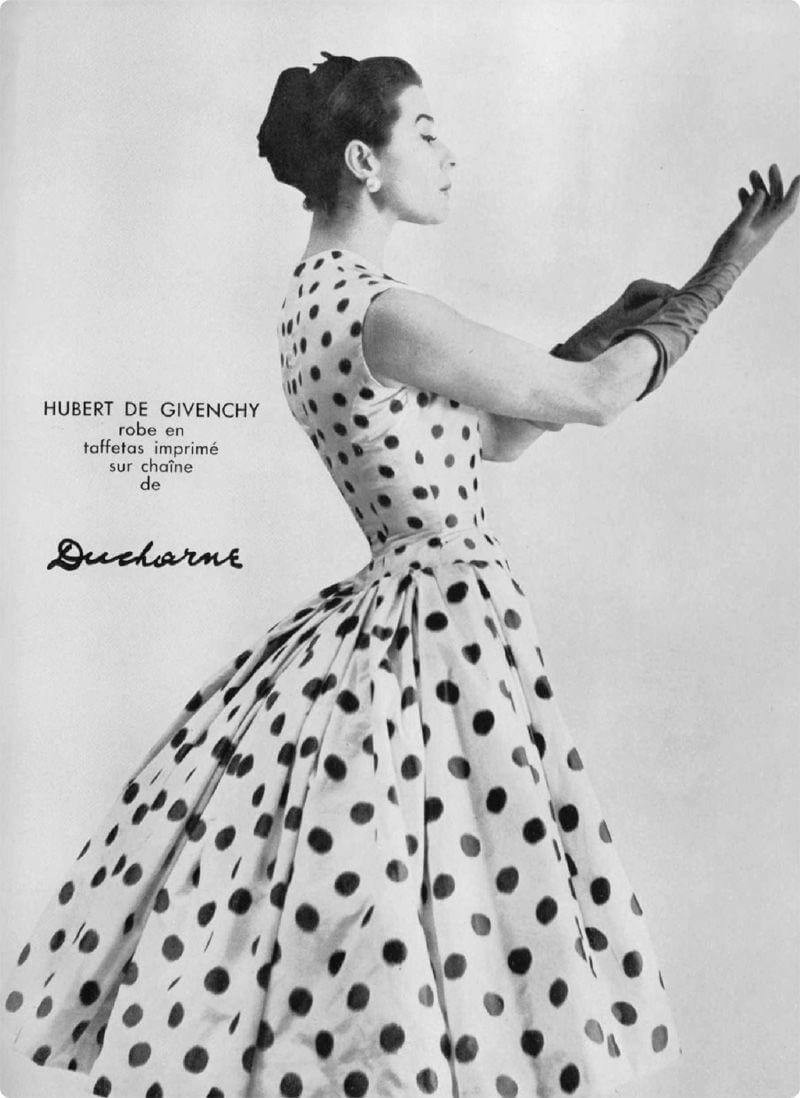
Before pointillism?s heyday, polka dots featured more conventionally in art, reflecting nothing more than each epoch?s fashion. In Monet?s Luncheon on the Grass (1865?6), a glamorous lady is pictured donning a delicate, frilled white dress speckled with small blue polka dots, and in Frdric Bazille?s Family Reunion (1867), both young girls in the family portrait wear white frocks with blue dots and ribbons. The subjects of Berthe Morisot?s The Sisters (1869) are dressed in identical white polka dot ensembles ? in this decade, it was custom to wear polka dots in white and blue. Variation came later, shown in Jozsef Rippl-Ronai?s Lady in a Polka-Dot Dress (1889), in which a smartly dressed young woman roaming about town appears in a brown colored frock festooned with large, bold, cream polka dots.
Although the subjects of these paintings are well-to-do young women, in the first known photograph of polka dot garb from 1865, the woman wearing them is sweeping the floor in a baggy polka dot shirt tucked into a striped skirt with a polka dot apron, similar to the dotted items purchased by the writer Elizabeth L. Banks in Campaigns of Curiosity: Journalistic Adventures of an American Girl in London (1894), who ?bought a black and white polka-dot blouse and apron for work in the laundry.? At the time, polka dots were considered to be provocative simply because of their novelty,
